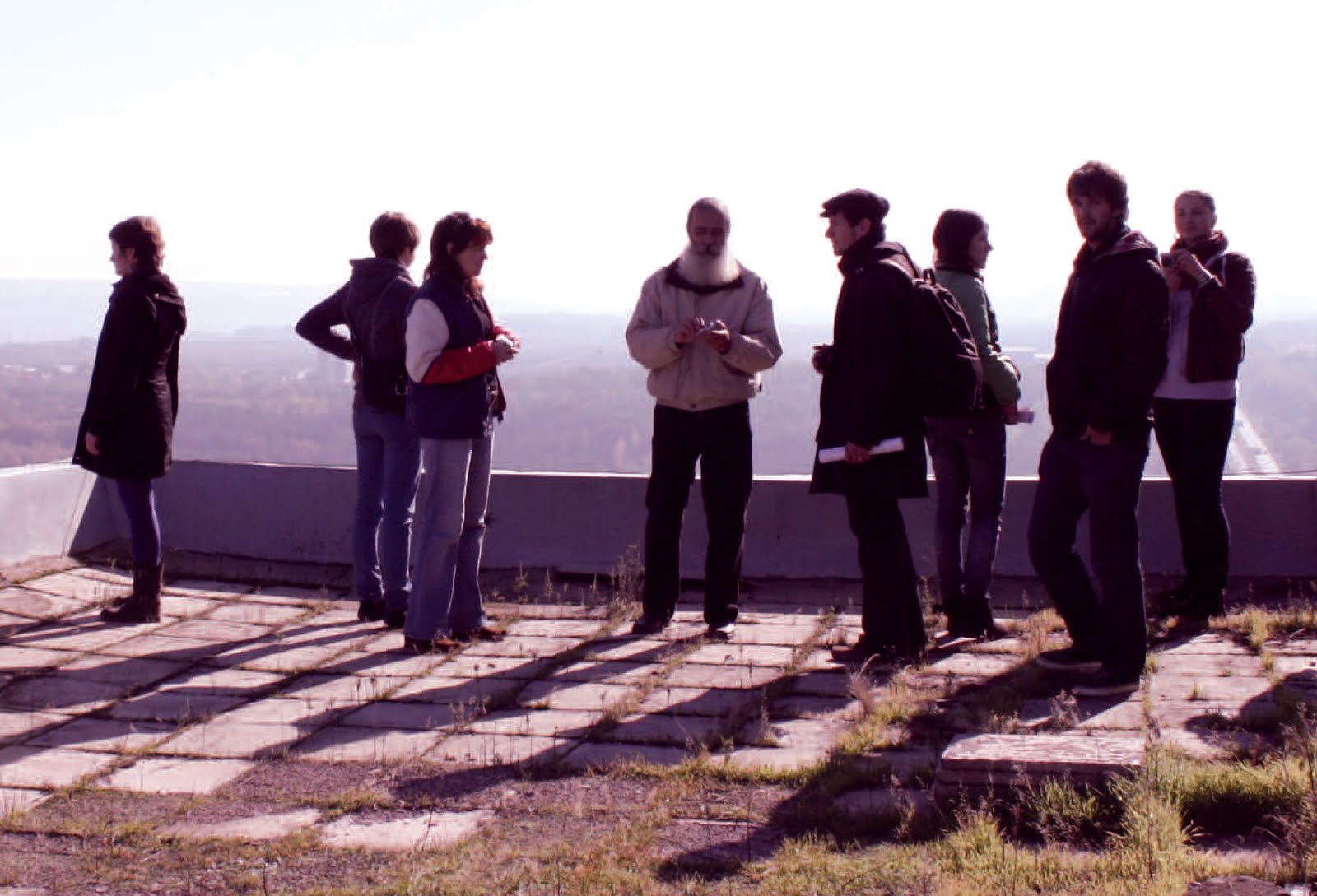by Alex Schafran

I have now lived in Paris for a grand total of 10 days — perhaps 40 days if you count my sojourn in the winter — so I have no business writing this post. But perhaps that is why the gods created the blogosphere in the first place.

From the day I arrived in the shadow of the Montmartre for the pregame show in December, I have had the unshakable feeling that I am back in New York. December's
urbangeist can easily be chalked up to that strange homogenizing force us Californians call winter, whose grey skies, black overcoats, blue hands and extra helping of spleen render all places as either cute mountain village with log cabin or frozen urban tundra.

Now that the weather is obscenely nice and it is light out until 9pm,
les terrasses are filled to the brim with coffee drinkers and the day-long aperitif, and all the world has emerged onto the surprisingly (mostly) dogshit free streets of Paris for some post-modern flaneurie or a trip to visit the (again almost inconceivably) nice people at
La Poste, one would think that this feeling would have subsided.

It has not.
Yes, Paris has better bread, worse pizza, and a drinking fountain that
dispenses sparkling water. Being that I am 14 months shy of my black belt in urbanism, I can probably list its differences until I am blue in the face and you are bored to tears. Yet that is not the point. The point is convergence.

Architecturally, they are radically different, but the way they do sameness — the Upper West Side's mass or Brooklyn's brownstones give New York a
consistency that is not too different from Paris' famed 6/7, much like how the grid of Manhattan and the ungrid of Paris actually feel similar to me. The metro and the constant pedestrianism are such powerful unifying forces that they are impossible to duplicate, providing a similar underbelly of mobility and energy.

But it is in the cultural and social world which I am noticing the true similarities. They are the epitome of bourgeois cities, having essentially invented and perfected the concept between the two of them. They have bankers and financiers, MBA's and ENARC's in droves, with so much money it is absurd, the only difference is that Parisian bankers are far better dressed and even more likely to be born rich. The other half of the bourgeois economy is in culture — art, fashion, museums, music, books, food — or in support services like PR and web design, producing a set of hipsters so eerily identical that everyone in my neighborhood who looks like me also dresses like me and actually might be me. Strong renters rights and varying types and degrees of affordable/public/social housing mean that old people and poor people actually still live in the city, even as the slow and steady creep of gentrication/embourgeoisement presses onward and outward.

There is even a subtle but potent race/class correlation, with Paris's Moroccan, Algerian and Tunisians standing in for Puerto Ricans and Dominicans, multiple generations of African and Afro-Caribbean immigration creating a black French culture not completely different from New York's (not the US's) complex racial story. Connections between black and brown are forged both through immigrant and hiphop culture and through the simultaneous desire to fit in and stand out in a society that won't completely accept them. Black women push white babies in strollers, and little old ladies from every corner of the world push carts laden with discounts.

Perhaps this is very much an ephemeral feeling, perhaps it is shallow, perhaps it is structural. We shall see. But let me offer two thoughts as to why I find it hard to ignore:

1. It is phenomenal how much history these cities have shared, sending ideas back and forth, about parks and urbanism and social housing and street life and urban economics. They have walked the same path of transformation from industrial giant to knowledge and finance giant, are global centers of intellectualism and intellectual production, of romantic stories and romantic ideas. They have housed each others revolutionaries when times were not right, and read and watched and gazed at each others greatest artists for more than 150 years. The globalized linkage between the two cities are some of the earliest forms of modern globalization that we know.

2. During the heydey of globalization hype a decade or so ago, the punditry first said everything was becoming the same. Then the post-pundits said no, it is all different, and it depends on your perspective. Yet what we miss at times in the difference discussions is how similar things can be for people of a certain class in a certain type of city at a certain time. To be a little old lady on a pension hanging on in a gentrifying neighborhood or a hipster digging in in a gentrifying neighborhood or a banker getting rich on a gentrifying neighborhood or a working class young man of color traveling from public housing through a gentrifying neighborhood, life in certain global cities seems to have taken on a series of different tranches, to use an awful but fitting finance term we all know too well these days.
 Credits: Photos of Paris by Alex Schafran.
Credits: Photos of Paris by Alex Schafran.




















































